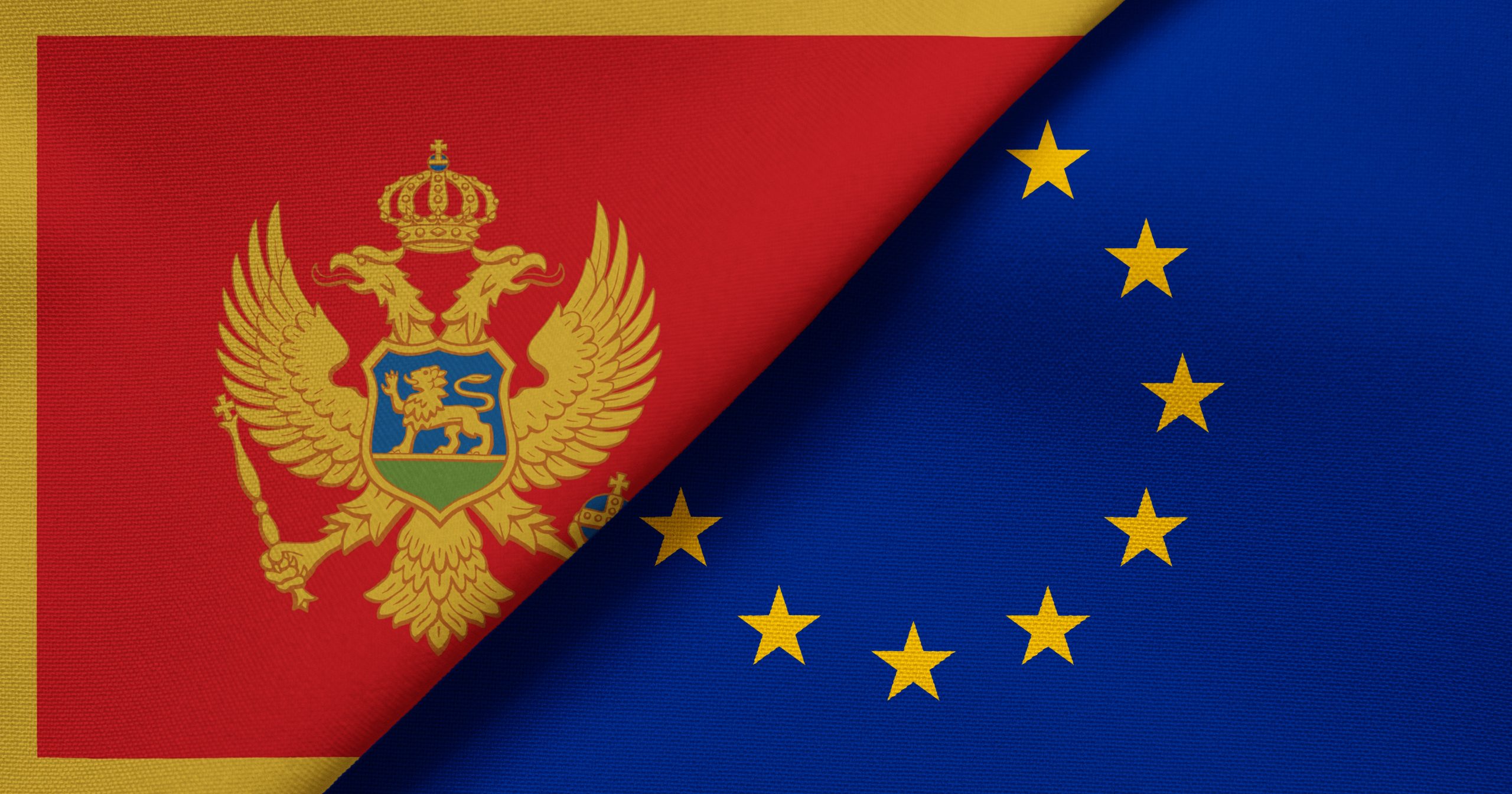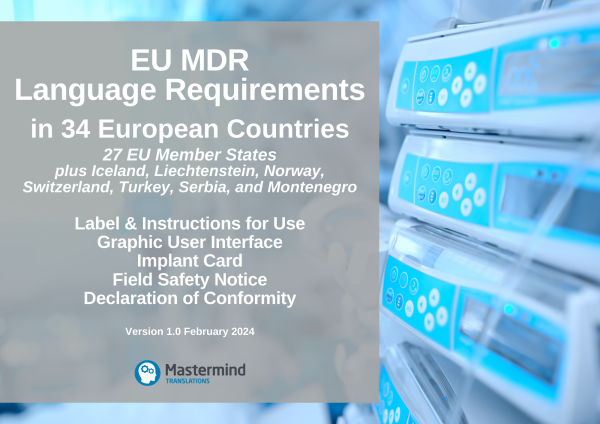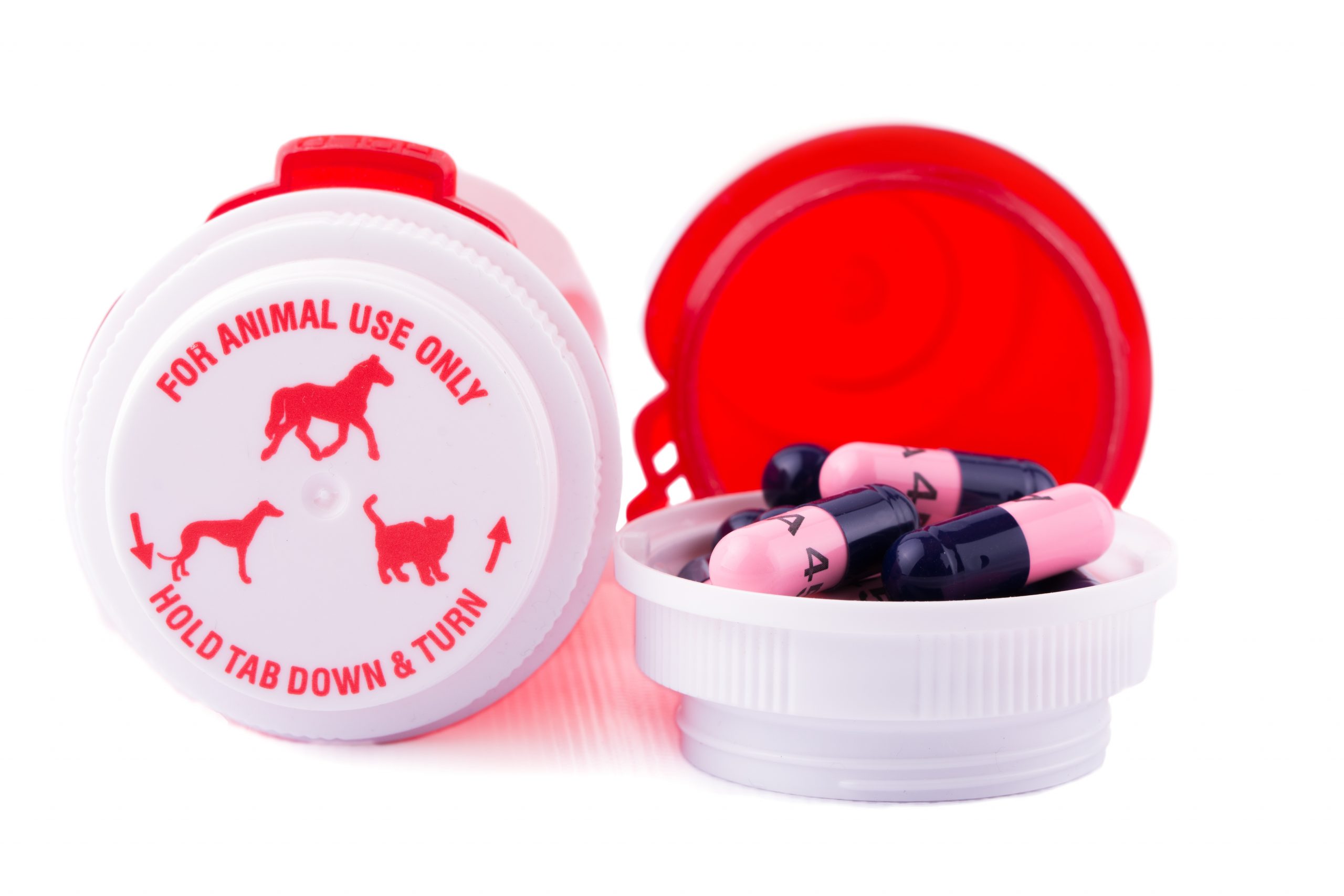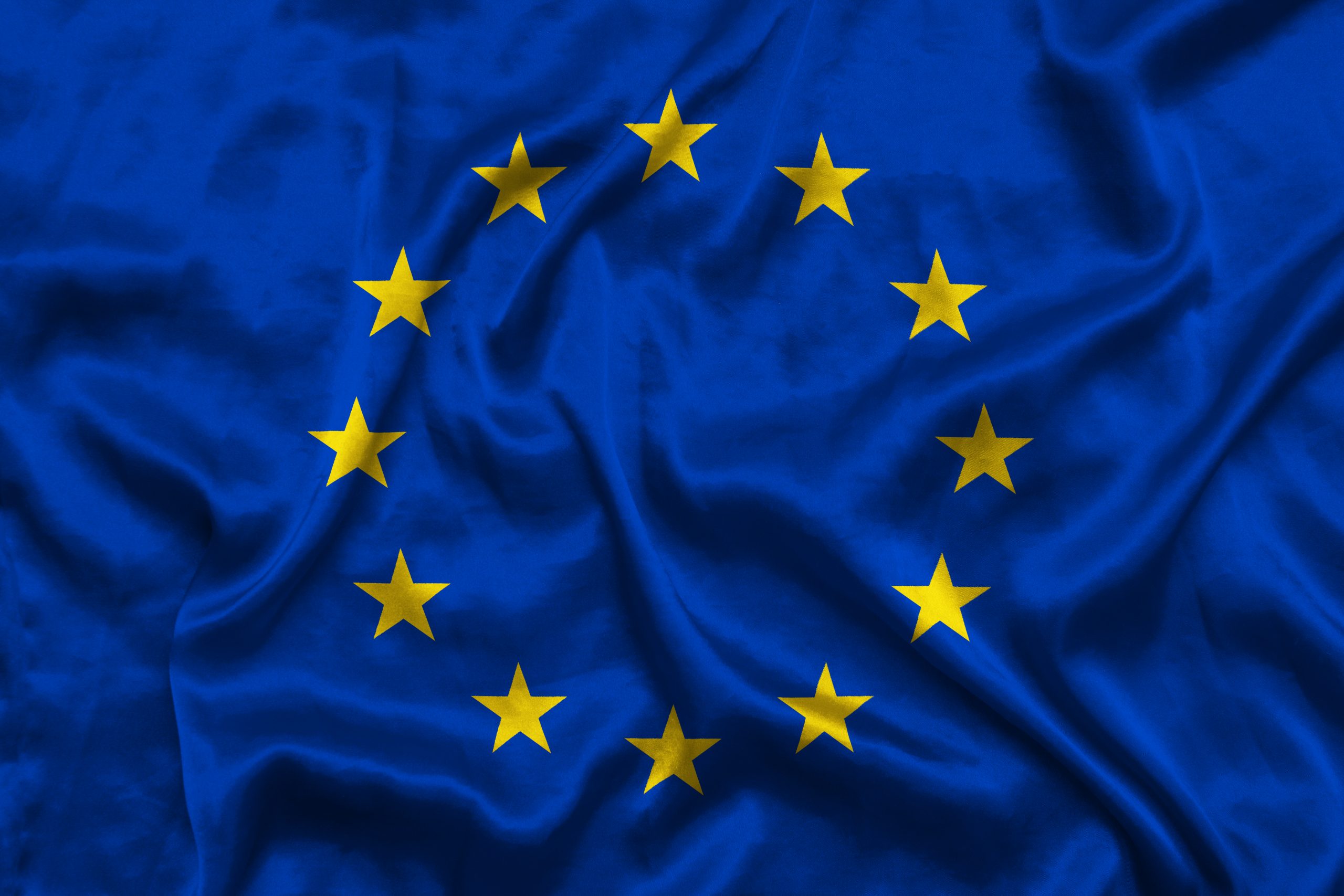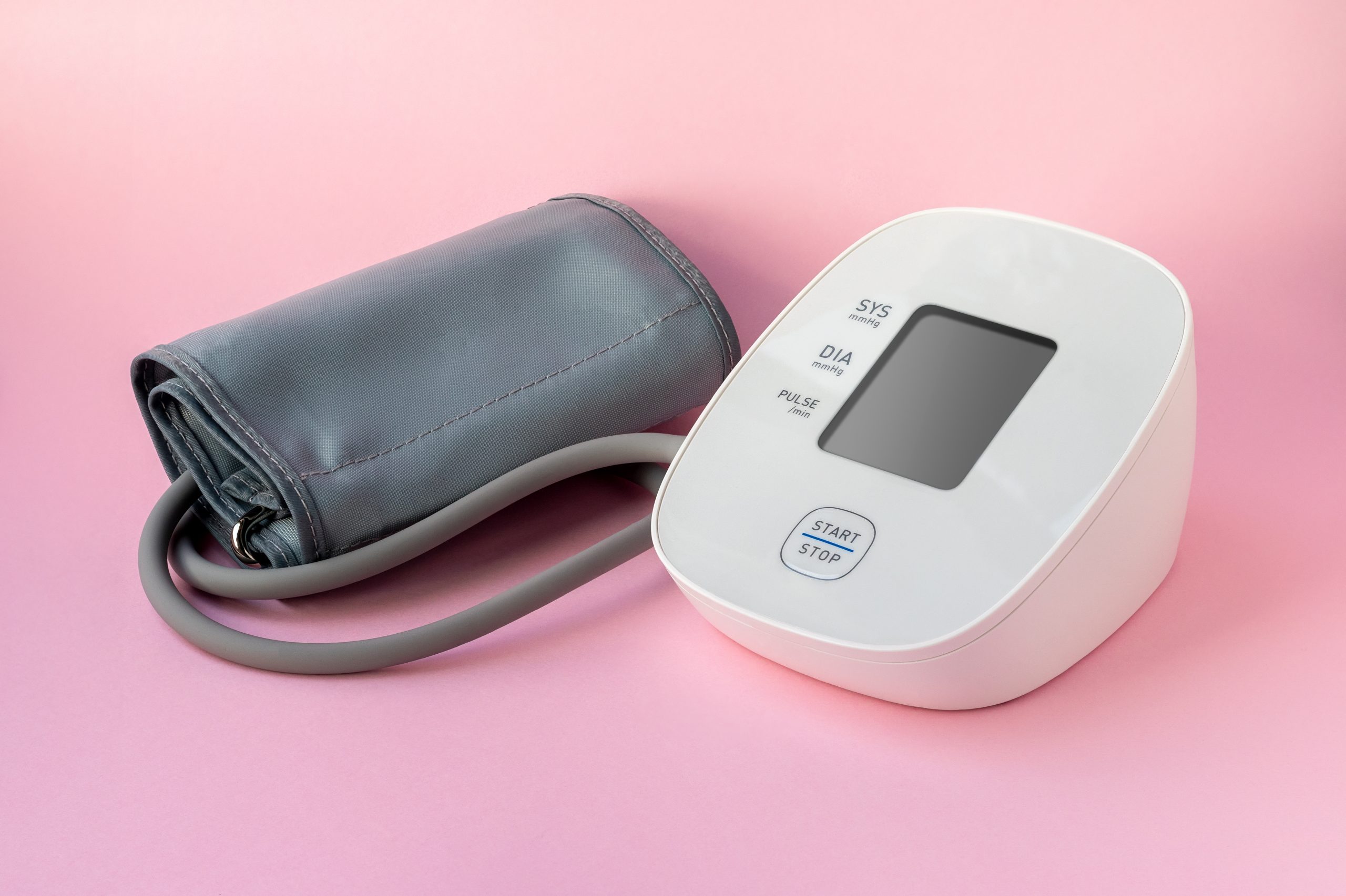Montenegro’s progress towards full membership of the European Union has led to the harmonisation of many of its laws with EU legislation, including medical device legislation. The marketing of medical devices is subject to particularly stringent regulatory measures in the EU market, which has recently seen the introduction of new mandatory language requirements for product information, such as labels and instructions for use. This article aims to provide insights into the language requirements for medical devices in Montenegro and their implications for medical device companies intending to enter the Montenegrin market.
What are the language requirements stipulated in the EU Medical Devices Regulation?
The EU Medical Device Regulation (EU) 2017/745, also known as the EU MDR, is a recently implemented regulatory framework for medical devices in the EU. In Article 10(11) it requires that the information accompanying the medical device is provided in one or more official languages of the EU where the medical device is marketed. Section 23 of Annex I defines this information as the information needed to identify the medical device and its manufacturer, and any safety and performance information that is present on the device, on the packaging, or in the instructions for use (IFU). The main objective is to ensure that all users, both lay and professional, can access and understand the information they need in order to use the device safely and effectively in a manner intended by the manufacturer.
In order to guarantee compliance with these MDR language requirements, medical device manufacturers, distributors and importers must ensure that the information accompanying their product is provided in the official language(s) accepted in the national market(s) where the product is made available to the user. Each EU Member State determines at the domestic level which national language(s) it will accept for the medical devices placed on its market. While some EU Member States have two or even three official national languages and require the product information intended for the lay user to be available in all of them, several EU Member States offer an exemption for medical devices intended exclusively for use by healthcare professionals.
The MDR language requirements also cover other information, such as the EU declaration of conformity, and technical documentation intended for competent authorities, notified bodies, or other entities.
Which countries follow the EU MDR language requirements?
The EU MDR applies directly to all 27 EU Member States. It also extends to Iceland, Liechtenstein, and Norway, which are part of the European Economic Area (EEA), and have incorporated the MDR provisions into their national medical device legislation. Although not members of the EU or the EEA, Switzerland and Turkey have also aligned their national medical device laws with the EU MDR, to facilitate access to the European single market. In addition, several of the EU candidate countries, such as Montenegro and Serbia, have already harmonised their national medical device laws with the EU MDR in preparation for accession.
Why has Montenegro aligned its medical device legislation with the EU MDR?
An underlying principle of the negotiations for EU membership is that the candidate country has fully transposed and implemented the EU acquis (EU legislation) by the time of its accession. Currently, eight European countries have been granted candidate status. These are: Albania, Bosnia and Herzegovina, Moldova, Montenegro, North Macedonia, Serbia, Turkey, and Ukraine.
Despite being one of the world’s youngest countries, Montenegro has been a leading candidate for EU membership since it applied in December 2008, with 70% of the population in favour. In December 2010, the country was granted EU candidate status, and EU-Montenegro accession negotiations formally began in June 2012. With all the negotiating chapters now open, Montenegro enjoys significant support from EU officials, and accession to the EU is expected by as soon as 2025.
The Stabilisation and Association Agreement (SAA) between the European Communities and the Republic of Montenegro, signed in October 2007 and in force since May 2010, stipulates that, with assistance from the EU, Montenegro will gradually harmonise its current laws and future legislation with the EU acquis to fulfil its pre-accession obligations in the area of free movement of goods. Free movement of goods encompasses the elimination of all technical barriers to trade in products, including medical devices, between the EU Member States.
Montenegro’s legal framework setting out technical requirements and conformity assessment procedures for the manufacturing, importing and placing on the market and/or putting into service of medical devices was previously regulated by the Law on Medical Devices. This was adopted in 2004 and subsequently amended in 2009 and 2011. In order to bring Montenegro’s regulatory regime in line with the EU MDR and the In Vitro Diagnostic Medical Device Regulation (EU IVDR 2017/746), the country passed a new law on medical devices in 2019.
What is the new medical device legislation in Montenegro?
The new Law on Medical Devices (in Montenegrin, Zakon o medicinskim sredstvima), published in the Official Gazette of Montenegro No. 24/19, sets forth principles related to manufacturing, registration, distribution, and surveillance of medical devices, including active implantable medical devices as well as in vitro diagnostics (IVDs), in the Montenegrin market. Under the new law, medical device companies must comply with strict measures, including the mandatory language requirements for product information, which have been harmonised with the EU MDR and EU IVDR. This means that all information accompanying a medical device, e.g. labels and instructions for use, must be provided in an official language(s) determined by Montenegro.
What are the language requirements for medical devices in Montenegro?
Following the independence of Montenegro from the State Union of Serbia and Montenegro in 2006, the Constitution of Montenegro, adopted in 2007 and amended in 2013, states that Montenegrin is the official language of the country, and the languages in official use are those of groups that form at least 1% of the population of Montenegro. Currently, these are Bosnian, Croatian, Serbian, and Albanian.
Bosnian, Croatian, Montenegrin, and Serbian form a group of closely related languages spoken in the Balkans region of Europe, often collectively referred to as the Bosnian-Croatian-Montenegrin-Serbian (BCMS) or Serbo-Croatian language. They share a common Slavic origin and have many similarities in grammar, vocabulary, and pronunciation. While they are often considered separate languages for political and cultural reasons, they are largely mutually intelligible and can be seen as different dialects of a single language.
Language requirements for labelling and instructions for use
The information on the outer and inner packaging, and in the instructions for use of medical devices sold in the Montenegrin market must be in the Montenegrin language and the languages that are in official use, i.e. Bosnian, Croatian, Serbian, and Albanian.
Law on Medical Devices, Article 86
The instructions for use of a medical device shall be written in the Montenegrin language and in languages that are in official use in Montenegro in accordance with the registration, and shall correspond in their entirety to the original text of the manufacturer’s instructions and be prepared in a way that is understandable to the patient and user.
Law on Medical Devices, Article 88
The inner and outer packaging of a medical device for professional use shall be labelled in the Montenegrin language and in the languages that are in official use in Montenegro.
The outer packaging of a medical device that the patient uses independently shall be labelled in the Montenegrin language and in the languages that are in official use in Montenegro.
However, the official position of the Institute for Medicine and Medical Devices of Montenegro (CInMED) is that it is not necessary to provide the instructions for use in Montenegrin together with all the languages that are in official use in Montenegro. A Montenegrin version only is sufficient. In specific cases, in the absence of the Montenegrin version, CInMED can also accept a translation into a language that is in official use and related to Montenegrin, i.e. Bosnian, Croatian or Serbian, but not Albanian.
Language requirements for the declaration of conformity
The Law on Medical Devices does not explicitly mention the language requirements for the declaration of conformity. However, the new Rulebook on the recognition of foreign documents and the CE mark, and on the registration of medical devices (in Montenegrin, Pravilnik o priznavanju inostranih isprava i CE znaka i o registraciji medicinskog sredstva, Official Gazette of Montenegro No. 85/22 and 126/22) states that the declaration of conformity can be submitted in the Montenegrin or English language. If a photocopy of the document is provided on paper, the copy must be certified by a notary public.
Rulebook on the recognition of foreign documents and the CE mark, and on the registration of medical devices, Article 10
The documentation from paragraph 1 of this Article shall be submitted in paper or electronic form, in Montenegrin or English, in the original or as a photocopy signed and certified in accordance with the law.
Are there any exemptions from the national language requirements for medical devices in Montenegro?
Like many European countries, Montenegro also exempts medical devices that are intended exclusively for professional use from its national language requirements. The information on the outer packaging of such devices may be provided in the English language.
Law on Medical Devices, Article 88
Notwithstanding paragraph 1 of this Article, the outer packaging of a medical device for professional use may be labelled in English, with a label containing all the information contained on the original packaging.
Where can we find more information on the language requirements for medical devices in Europe?
Specific details on the languages accepted under the EU MDR language requirements in the 27 EU countries, Iceland, Liechtenstein, Norway, Switzerland, Turkey, Serbia, and Montenegro can be found in our EU MDR Language Requirements Table 2024. The Table features dedicated sections for the label/instructions for use (IFU) (lay vs professional use), graphical user interface (GUI) (lay vs professional use), implant card, field safety notice (FSN), and declaration of conformity (DoC). It includes English summaries of national legislation, detailing various exceptions and conditions, as well as clickable links to the official sources. This resource, available from our store, is regularly updated and incorporates the information published by the European Commission in January 2024.
Please note that the information on the language requirements for medical devices in Montenegro provided in this article is for guidance only and does not constitute professional regulatory advice. Translation of the legal texts quoted here is unofficial. In the case of specific questions related to regulatory compliance of your medical device or IVD, we recommend seeking assistance from a QA/RA specialist or a relevant competent authority.


